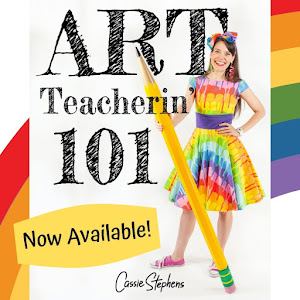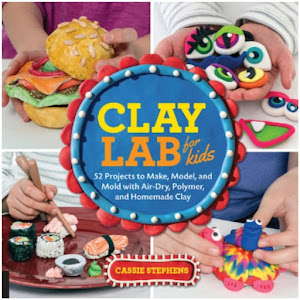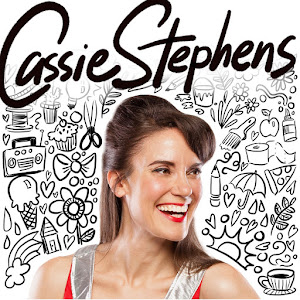 |
| Let's just forget that it's spring in less than a month, shall we? 'Cuz this winter mural is finally finished! Note to self: start winter mural on first day of school. |
Well, Happy Wintery Day to you! And, if you are here in Tennessee, this year's
wintery has meant
rainy, tornado-y, and
weirdly warm. Nothing like our winters of the past two years which managed to produce enough snow to provide us with some delightful snow days. Not that us teachers like snow days. Oh no! We just spend the whole day missing the children...in our pajamas...in front of the t.v. ...with a tub of ice cream...catching up on Jersey Shore. Sigh.
But I digress. I'm here to share with you the mural that the artists at my school just finished! For which I can take little credit. I originally got the idea for a winter mural over at this website
http://artwithmre.blogspot.com/; the woven houses were seen on pinterest; and the ice skating figures was a lesson taught by my incredible student teacher. So, basically, I just did what I always do: watched my little artists work and be amazed by the results.
 |
| We hung the mural on Monday just knowing that it would bring us the luck of a snow day the weathermen had been predicting. No such luck. Next week we are creating Weatherman Voo Doo Dolls. |
The bulk of the work was done by my wee little kindergarten friends. We studied van Gogh and his love of lines and texture. Using the cold colors and water color paint, we created our own night sky. The following art class, we chatted about texture and creating tints of color. They created the ground pieces by painting their colored construction paper white and using a textured comb on the white paint.
 |
| Er, is that green smoke coming out of that chimney? |
My first grade buds helped by creating the little collaged houses for the background and the snow covered trees. This was no small task for these guys as cutting out small bits and pieces can be a bit tricky for the under-6 set. But just look at 'em! I'd totally live in that pink and yellow casa.
 |
| I love the little cat in the window...reminds me of my house! 'Cept the cat looking out my window has a 15 lbs weight advantage. |
Second grade was about to begin their circle loom weaving unit. I thought it might be a good review for them to create these little woven houses. Because they had woven before, they were able to whiz right through it. This allowed them to have more time to work on their houses...and it proved to be a great pre-assessment for their circle loom weavings.
 |
| Our school has the best P.E. program around with two incredible teachers. These ladies are absolutely devoted to the health of our students. I have learned so much from them...I just cannot say enough good things about them! |
This year, our students spent two weeks learning how to roller skate. The students had an absolute blast. I knew I wanted to get my fourth grade artists in the gym to sketch the skaters...I just didn't know how to make it happen. Thankfully, Lauren, my awesome student teacher, created a gesture drawing lesson. The kids spent one half hour class creating drawings of the skaters.
 |
| Tiger-striped skating pants? A girl after my own heart. |
These drawings were then used as the starting point for their figure drawings. Students learned how to draw a figure in proportion and in action. Ice skater details were added to complete the look. Once the drawings were finished, they traced over their lines in skinny sharpie, added color and cut them out.
 |
| I loved watching the kids create gesture drawings. Many of them resembled the gesture drawings I created in college. |
Lauren assembled the mural -- thank goodness. I have this terrible habit of starting a project and petering out when the work becomes unfun. And gluing the whole thing together seemed very overwhelming to me. But she dove right in and got it put together. For the ice, she used foil painted with a thin coat of white paint for a frosty, less reflective look.
 |
| This would be me on skates. All wobbly limbs and "woah-woah-wooooah!". |
 |
| Two proud art teachers. |
Our last contribution came from our third grade students. They have been studying Wassily Kandinsky with Lauren. They created the miniature concentric circles that you see along the sides of the mural.
FYI, I just checked the extended forecast. The weathermen are predicting thunderstorms and 50 degree temps. I am so looking forward to those Voo Doo Dolls!























































